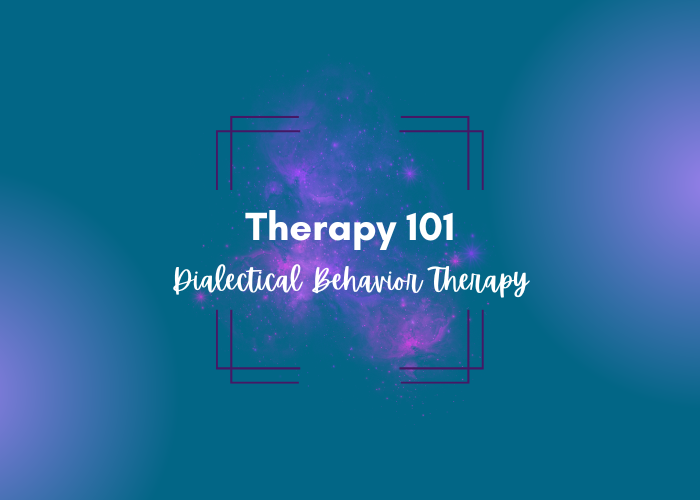What really is caregiving? Sometimes we’re not sure what it really is. It’s such a simple concept, the idea of providing care to another person. But when we talk about specifically being a caregiver it’s usually a set of tasks that one provides for someone who is disabled or elderly. There is a lot that goes into being a caregiver. There are financial, physical, and emotional commitments one often takes on for that other individual.
What is Caregiving?
Often, we associate being a caregiver as an adult child caring for their older parent. The stereotype is of the daughter caring for a mother or father. Usually by taking care of all of their needs, such as household chores, feeding, medication, etc. However, any person can be a caregiver to someone if they routinely take on an important function of their daily lives that they are unable to do because of a medical condition.
For example, if you pop by your sister’s home to do her laundry for her every week because she has a disability that keeps her from being able to go up and down the stairs, you are in a caregiving role for her. You may not be taking on everything she needs, but you are providing care for her daily needs.
What Kind of Impacts Can Caregiving Have on the Caregiver?
There are some obvious ways caregiving can impact people. For example, there is a significant time investment. Some caregivers may also invest financially in their loved ones. However, an aspect we don’t talk about enough is the mental health impact. Often, caregivers are under a lot of stress. There can also be physical impacts because of caregiving.
More often than not, caregivers are not trained in the proper way to move individuals who may need help getting out of bed or into a chair. This can sometimes result in injuries to the caregiver over time.
Chronic stress can also impact someone’s immune system, making it more likely that a caregiver can get sick more often. This can be compounded by frequent visits to doctor’s offices or hospital waiting rooms, which often have more germs from other sick people.
What Other Mental Health Impacts Are There?
Anticipatory grief is a large component of the mental impact of caregiving. The psychological toll of watching a loved one become less independent and more ill can be very difficult to deal with. There is also the loss of freedom the caregiver themselves often deals with. The time commitment that one sometimes has to make to caregiving can encroach on other aspects of a caregiver’s life. Many caregivers are also in dual roles. For example, many women are caring for their adult parents while also having dependent children in their home.
Depression, anxiety, and burnout are common with caregiving. It’s important to reach out for help if you’re feeling as if things are becoming too much. Sometimes talking with a therapist can help someone cope with all of the difficult and complex feelings they may be experiencing as a result of being a caregiver. Our clinician, Bianca Burns, is facilitating a virtual Caregiver Support Group. Referrals can be made here.

